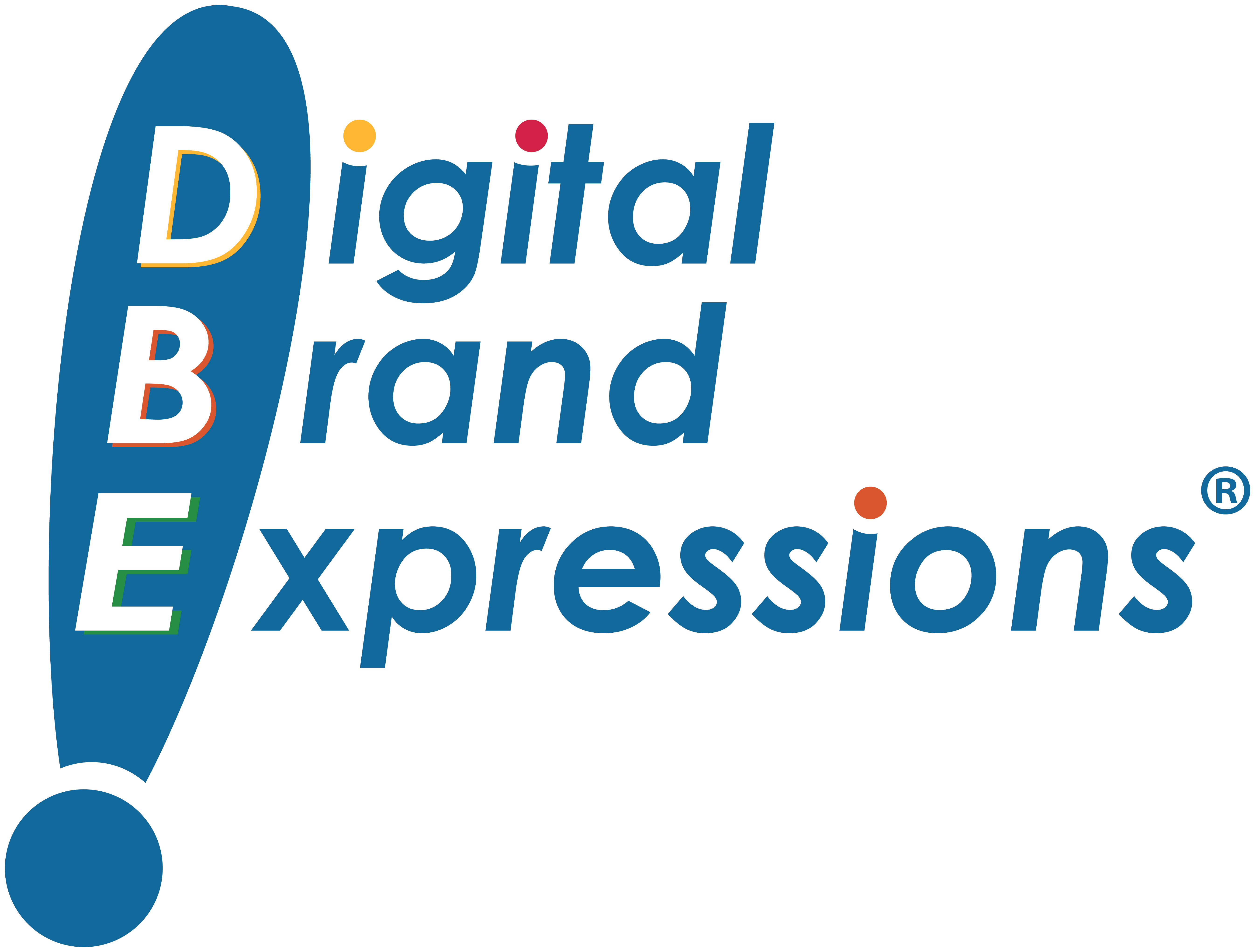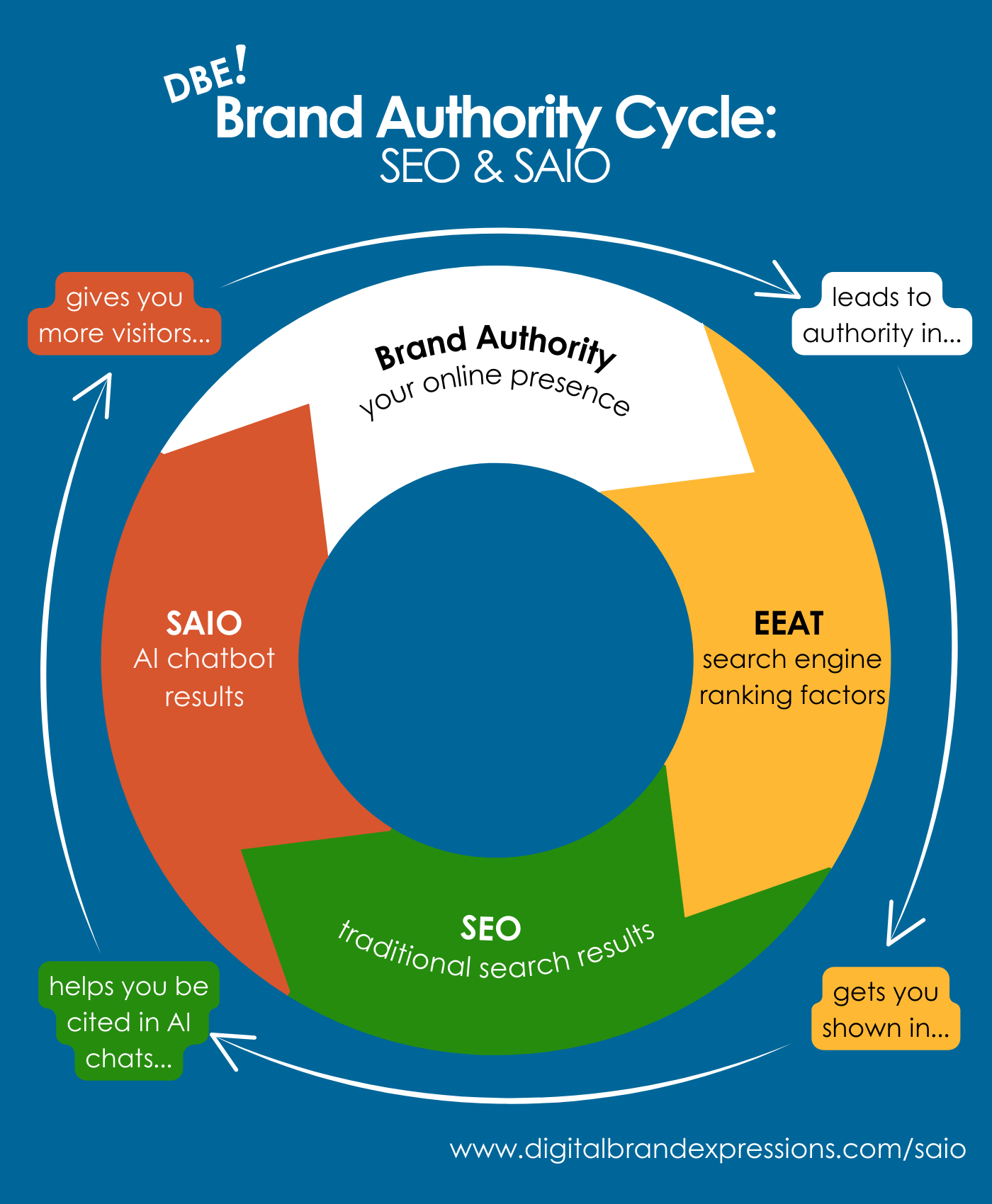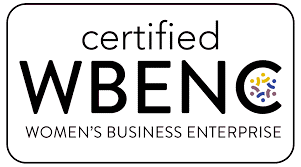Have you heard about Moz’s Brand Authority metric? It was announced last fall at its Mozcon event and it has now been incorporated into its Pro platform as part of its new “Domain Overview” summary section. The section also includes the long-standing Domain Authority and Page Authority metrics that predict the ranking potential of a website or a specific page on a scale of 1-100. Brand Authority is also presented on a 1-100 scale and “shows the value of the brands that Google associates with a domain.”
Wait, what? Let’s try that again.
“Brand Authority™ is a score (1-100) developed by Moz that measures the total strength of a brand.”
Understand it better now?
After a deeper review of how Moz explains Brand Authority, DBE has settled on this explanation – Brand Authority is an algorithmic determination of a brand’s salience online in terms of search intent, search volume, and visibility.
Regardless of how it is defined, it now can be used as a competitive metric where a brand with a higher Brand Authority score is deemed to have more online “authority” than brands with lower scores.
Okay, let’s start connecting some dots.
“Authority” is the A in Google’s EEAT cornerstone for generating the relevant, quality SEO content that influences rankings on traditional search engine results pages.
Search engine rankings results are one of the factors mentioned by both Google SGE and Bing Copilot as influencing what brands they cite with links in response to prompts in their AI platforms. Plus these AI search chatbots also mention LinkedIn as another online “authority” source they value.
So there you have it – the outline of a strategy map from Brand Authority to Search AI Optimization (SAIO). As always, the ability to deliver results success lies in the details of the implementation.


